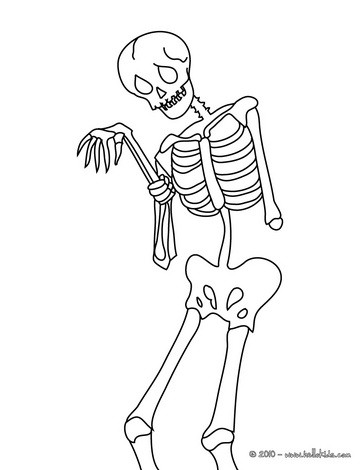Legal Eagle
Forum Probie
- 14
- 0
- 0
Lets say you guys come across a patient with a fairly grossly angulated extremity fracture or a patient who was reluctant to move the limb into an easier to splint/transport position; but the limb has a good distal circulation.
Maybe the patient is lying supine with a shoulder injury and the arm is outstretched at a 90 degree angle. They don't want to bring the arm closer to the body due to the pain, would you splint and transport in this awkward position ?
How do you guys deal with these situations ?
Maybe the patient is lying supine with a shoulder injury and the arm is outstretched at a 90 degree angle. They don't want to bring the arm closer to the body due to the pain, would you splint and transport in this awkward position ?
How do you guys deal with these situations ?
Last edited by a moderator:


